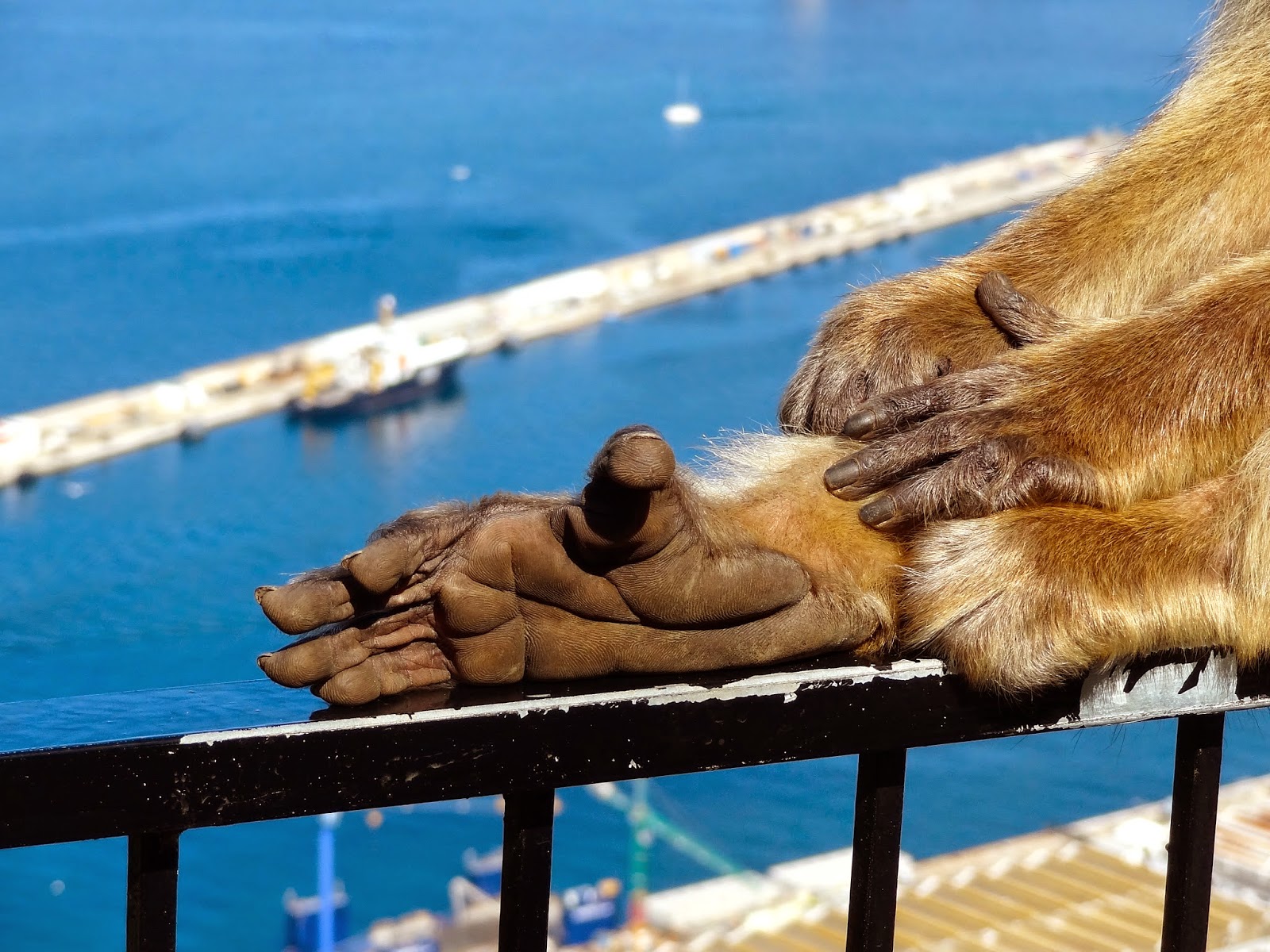One of the stops we made was St. Michael’s Cave, a 700-foot-deep limestone cave that contains some spectacular rock formations. Although the cave has been used for various purposes throughout the centuries, today it contains an amphitheater. As you walk down the steps into the cave, the lights shift from plain white to a rotating selection of bright colors. Since I come from a marshy, coastal area where houses don’t even have basements, caves like this one seem really exotic and impressive to me!
 |
| St. Michael's Cave, Gibraltar |
 |
| St. Michael's Cave, Gibraltar |
Another opportunity to go inside the Rock occurred at the Great Siege Tunnels. These tunnels were first delved in the late 18th century, when the British defended Gibraltar against a massive attack by the Spanish. England first took control of Gibraltar from the Spanish in 1704, and then in 1779-1783, during a period known at the Great Siege, Spain tried unsuccessfully to reclaim this point of land. I walked a little through the top part of the tunnel, viewing several massive cannon, and exhibits about early British military defenses and technology.
 |
| Looking out from an embrasure in the Great Siege Tunnel |
Our tour ended up in downtown Gibraltar, where we walked around, did a little shopping, and ate lunch at Roy’s fish & chips. The “regular” fish at Roy’s is a huge, delicious, battered cod, and we enjoyed sitting in the shady plaza. Although there were, of course, a lot of tourists there, Roy’s is a place that locals eat too, since we chatted with some Gibraltarians sitting at the table next to ours who were taking a visiting friend out to lunch.
Finally, here’s a photo of the Emerald Princess docked at Gibraltar, as we returned from a really pleasant day of sightseeing.




































